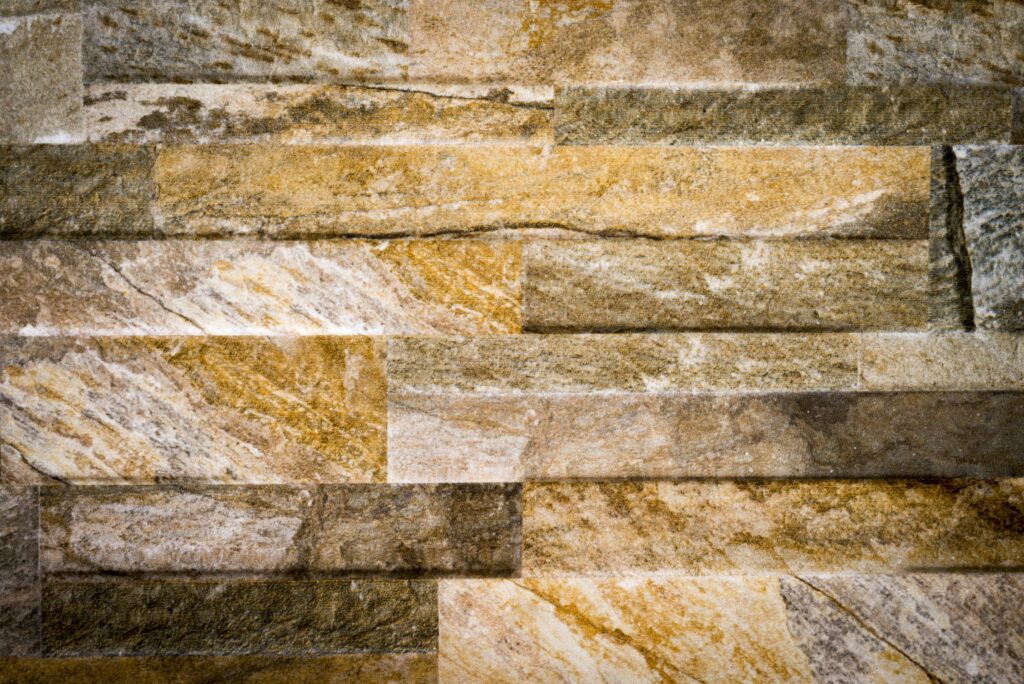
Natural Stone Veneer Versus Composite Stone Veneer
As a seasoned mason, I often encounter questions about the differences between natural stone veneer and composite (also known as manufactured) stone veneer. While both materials offer the aesthetic appeal of stone, they have distinct differences that are important to understand, especially if you’re considering them for your construction or renovation project. JLM has experience working with both materials, but I wanted to write this up because a lot of times people don’t realize composite stone veneer is even an option. Things like interior accent walls or fireplaces/chimneys are prime areas where composite stone veneer can add some character to your dwelling. Here’s a breakdown of the key differences.
Natural Stone Veneer
Origin: Natural stone veneer is made from real stone that is quarried and then cut into thin slices. This process retains the authentic texture and color variations of the stone, making each piece unique.
Appearance: The natural beauty of stone veneer is unparalleled. It offers a variety of colors and textures that are inherently found in nature. The uniqueness of each stone piece contributes to a more organic and varied appearance.
Durability: Being real stone, natural stone veneer is extremely durable. It’s resistant to fading, weather conditions, and wear over time. This makes it an excellent long-term investment for both interior and exterior applications.
Cost and Installation: Natural stone veneer is generally more expensive than composite due to the cost of quarrying and cutting the stone. It is also heavier, which can make installation more challenging and potentially more costly.
Composite Stone Veneer
Origin: Composite stone veneer is manufactured from a mix of cement, natural aggregates, and pigments. It is designed to mimic the look of natural stone.
Appearance: While composite stone veneer can look very similar to natural stone, it may lack the same depth and variation in color and texture. However, it offers consistency in appearance, which can be a plus for certain design preferences.
Durability: Composite stone veneer is also durable, but it may be more susceptible to fading and wear over time compared to natural stone. It is generally more lightweight, making it easier to handle and install.
Cost and Installation: This type of veneer is usually less expensive than natural stone veneer. Its lighter weight reduces installation costs and makes it a more accessible option for a variety of projects.
In summary, the choice between natural and composite stone veneer depends on your specific needs, budget, and aesthetic preferences. Natural stone veneer offers unparalleled beauty and durability, ideal for those looking for an authentic stone appearance and a long-lasting solution. On the other hand, composite stone veneer provides a more cost-effective and uniform alternative, still delivering the aesthetic appeal of stone with easier installation. As a mason, I recommend considering both the immediate and long-term implications of your choice to ensure that it aligns with your project goals and overall design vision. If you’re interested in reading more, this article does a great job of explaining them more in depth.
As always, if you have any questions or want to get started on a project, JLM Masonry and Waterproofing is here to help.
